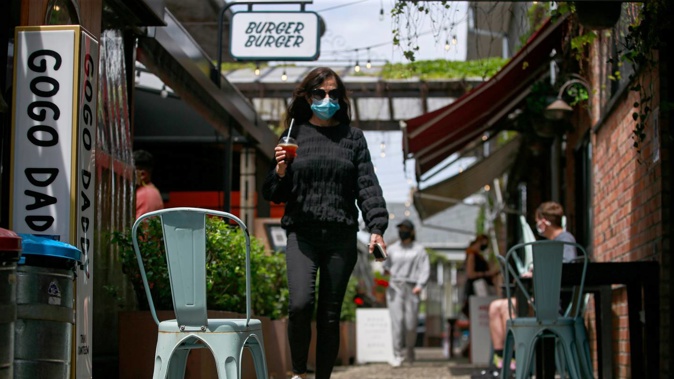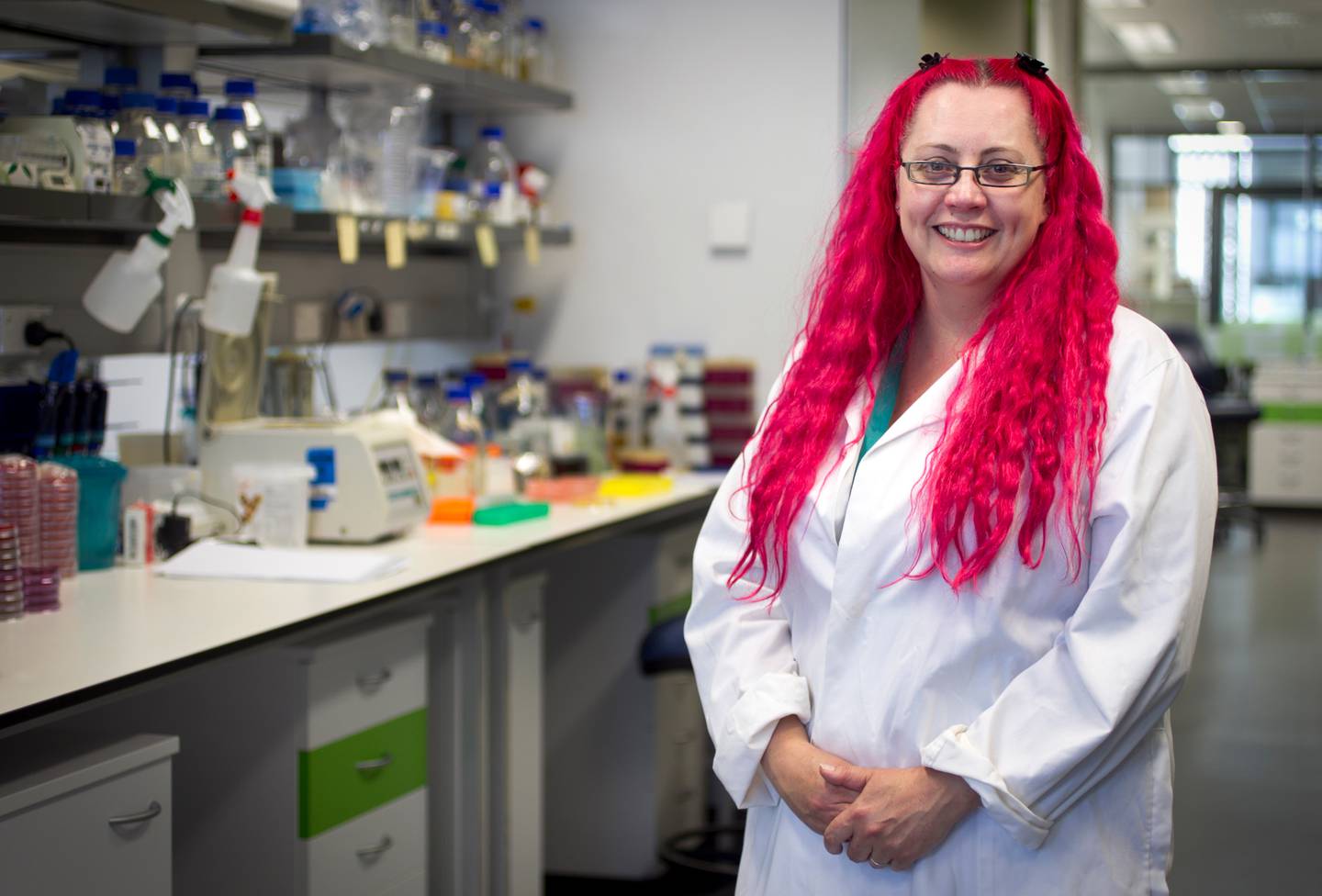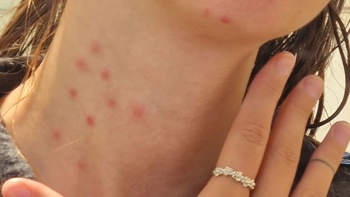
Associate Professor Siouxsie Wiles says New Zealand's shift to red isn't going far enough to meet the threat that is Omicron – and her family won't be entering indoor bars and restaurants while there's community transmission.
Under the red traffic light setting coming into force nationwide from midnight, many businesses including hospitality venues can remain open, provided they required vaccine passes, limit numbers to 100 with one-metre seating.
Wiles, an infectious diseases expert at the University of Auckland, said while those limits would reduce the number of people that can be in one place, airborne spread still posed a high risk – even with some masking and social distancing requirements in place.
"It's still high risk if you're in an indoor environment where people are not wearing masks...we have seen large numbers of reports of transmission in places like that," she said.
"What it means is that everyone is going to have to be making judgements on both the level of risk, but also potentially how serious that might be for them and their family – especially if they have a family member who is immuno-compromised in some way."
She would have preferred to have seen a system in place, such as click and collect, that meant those venues didn't pose a high transmission risk.
For her own part, she would be staying away from them.
"That is me. I do not want to get Covid, I do not want to pass it on to anyone I'm living with, and we are going to be doing things that reduce our risk," she said.
"And for me, high-risk environments are indoor environments like hospitality, where people are not wearing a mask."
She was also concerned for people working in these settings.
"What frustrates me about this kind of response is that it puts people in danger, if they don't have the privilege of being able to say, well, I'm not going to do this kind of activity."

"For me, high-risk environments are indoor environments like hospitality, where people are not wearing a mask," Associate Professor Siouxsie Wiles says. Photo / Natalie Slade
Asked about Wiles' concerns today, Prime Minister Jacinda Ardern confirmed that closing hospitality venues wasn't part of the Government's plan.
"You will see, though, that red does require a change for high-risk events... for instance, night clubs have to move to seated and separated."
She said these measures would have a "large impact".
Meanwhile, Wiles said that, as the virus was spread through the air and people could be infectious before they realised they are infected, wearing a properly-fitted mask was important.
"If you are only wearing a fabric mask, consider upgrading to one that includes a PM2.5 filter or wearing one over a surgical mask," she said.
"FFP2, Kn95, or KF94 masks are good options, but beware of where you buy these from as there are many counterfeit masks on the market.
"Masks can be reused, so try to have one for each day of the week, and store in a paper bag between uses."
Otago University epidemiologist Dr Amanda Kvalsvig said the plan outlined today had a number of strong points and used a range of measures – but she was concerned important gaps remained.
One was that the Government needed to actively encourage the use of P2 or N95 respirator masks, which were now standard wear in many countries, "and there is abundant clear and straightforward advice about their use".
"The Government should now consider importing enough masks for every New Zealander to have at least one mask, but more usefully a set that they can rotate every five to seven days," she said.
"While universal mask access is being arranged, priority should go to supplying effective masks to those most at risk, including essential workers."
Further, she said an upgraded alert level system was needed to get New Zealand through the outbreak, the coming winter, and the variants yet to come.
Earlier today, University of Auckland epidemiologist Professor Rod Jackson suggested narrowing the eligibility for a booster from four to three months – and also delaying the school year.
"That is a major super-spreading setting, and it's not that kids themselves get incredibly sick – it's that they infect their teachers, parents and grandparents," Jackson said.
"I appreciate that's controversial in terms of disrupting everything, but we have one goal, and one goal only – and that is to flatten the peak."
However, the Government was still planning on schools re-opening as scheduled.
Education Minister Chris Hipkins said he wanted to see more face-to-face learning this year, and schools will deal with the virus differently than they have over the past two years.
But he said it was possible some schools may have to move to learning from home if they are understaffed because so many teaches have been exposed to Covid.
Director general of health Dr Ashley Bloomfield said the four-month interval for booster eligibility was being retained for the time being, but the ministry was reviewing data as it came in and keeping new information "under advisement".
Covid-19 modeller Professor Michael Plank, of Te Pūnaha Matatini and University of Canterbury, noted that testing and tracing would also continue to operate as in the past while cases numbered less than 1000 per day.
"That means get tested if you feel at all unwell and follow public health advice if you've been at a location of interest," he said.
"When we start to get several thousand cases per day, there will be a shift towards greater use of rapid antigen tests and possibly a shortening of the isolation period."
He expected it would take around two to three weeks at least to reach that stage.
"These kinds of case numbers will sound daunting, but we should remember that if you are up to date with your vaccinations, the individual risk is very low," Plank said.
"New Zealand is in a good position to manage the impacts of Omicron.
"We have high vaccination rates, which drastically reduce the risk of severe illness, our efforts in controlling Delta mean the number of Covid patients currently in hospital is very low, and we have a head start on the booster rollout in some of our most vulnerable groups."
- by Jamie Morton
Take your Radio, Podcasts and Music with you









